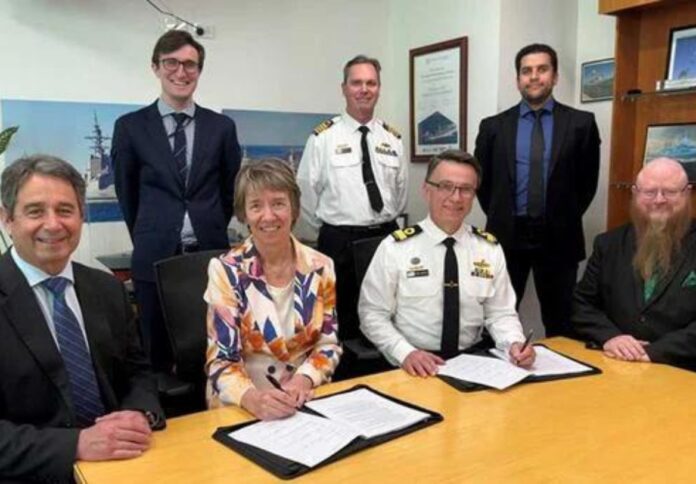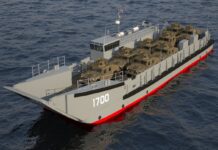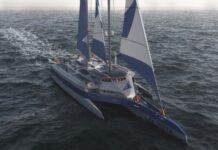
The Australian Department of Defence announced the awarding of a contract valued at up to $328 million to L3Harris Technologies to deliver new Maritime Underwater Tracking Ranges (MUTR) for the Royal Australian Navy (RAN).
In a press release, L3Harris stated the SEA1350 Phase 3 MUTR program is set to provide crucial undersea warfare support, including sub-surface tracking capabilities that will benefit current and future assets of the Australian Defence Force.
These capabilities will enhance warfighting tactics and proficiency while ensuring sovereign readiness by safeguarding Australia’s maritime approaches and sea lines of communication.
Alan Clements, Corporate Vice President and Australia Country Executive at L3Harris, emphasised the company’s commitment to bolstering Australian defence capabilities.
“We’re committed to growing Australian defence capabilities by leveraging our global technology and experience to develop Australia’s sovereign maritime underwater tracking range approach,” Clements noted.
He added, “This is an important competence now and into the future as we continue to modernise and enhance maritime platforms and systems.”
L3Harris said the MUTR program will employ a network of sensors to capture and relay information regarding the location and movement of assets operating within the tracking field.
These ranges will facilitate exercises in both deep ocean and littoral waters, allowing for the simultaneous involvement of surface and subsurface assets.
According to the company, the MUTR infrastructure plays a pivotal role in enabling the Commonwealth to efficiently test and evaluate platform readiness and weapon systems.
L3Harris said it is committed to constructing the MUTR in Western Australia, contributing to the development of sub-surface tracking capabilities and optimised preparedness for the RAN.
The MUTR’s significance lies in its support for Australia’s anti-submarine warfare capabilities and its capacity to enhance littoral test and evaluation processes throughout the next decade.


















